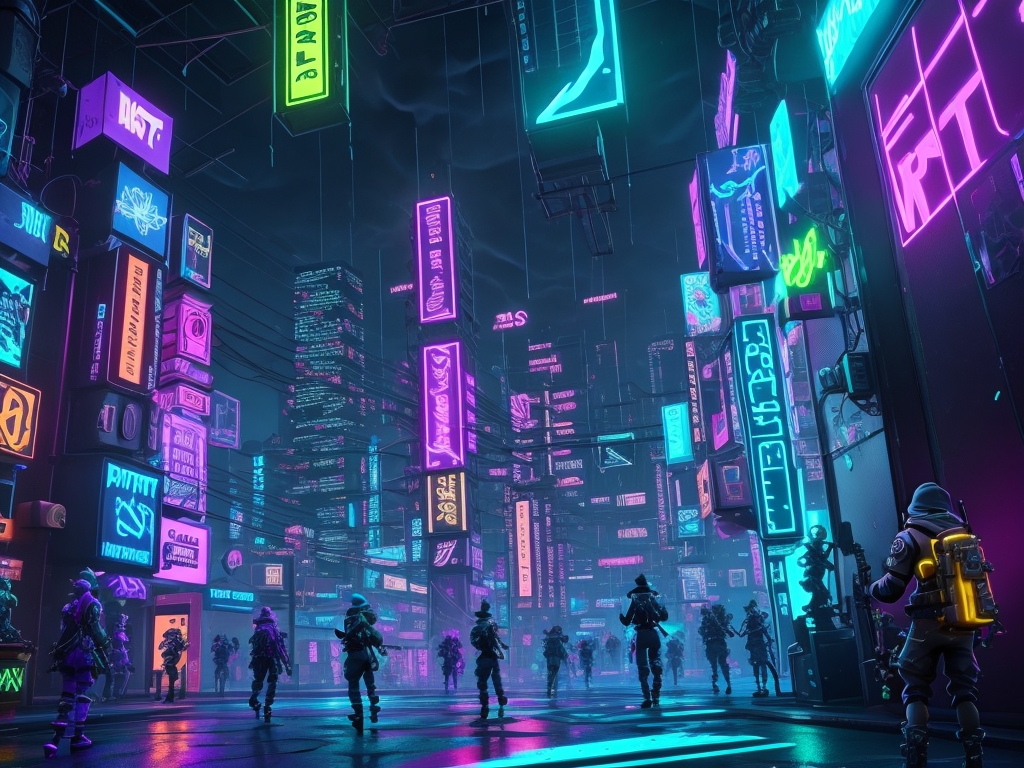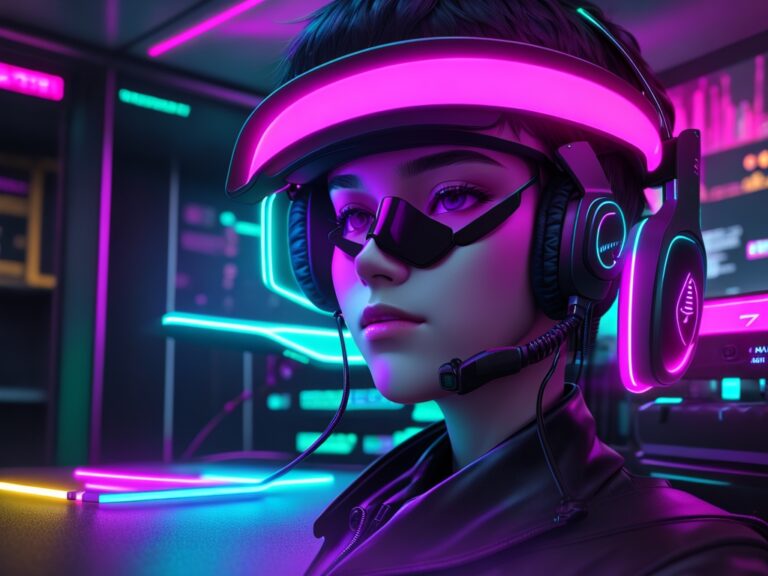How Close Are We To Full Dive Virtual Reality?
How Close Are We To Full Dive Virtual Reality? We may be closer than you think! With recent advances in technology, it seems like full dive virtual reality may finally be within our reach. But just how close are we?
Key Takeaways:
- Full dive virtual reality (VR) is a type of VR experience where users fully immerse themselves in a virtual world and disconnect from physical reality.
- The term “full dive VR” was coined by the Japanese light novel Sword Art Online and popularized by movies like Ready Player One.
- The concept of full dive VR has been around for a long time, with examples like Sony Playstation’s “PS9” ad in 1999 and The Matrix movie in the same year.
- The ill-fated “Jonny Quest: The Real Adventures” cartoon series in 1996 also depicted a closer version of full dive VR.
- While full dive VR is not yet possible, it is believed to be achievable in the future.
- The approach to achieving full dive VR involves full-body tracking and haptics, which focus on making the user abandon their sense of physical reality.
- The article will explore the possibilities and limitations of full dive VR.
Introduction to Full Dive Virtual Reality
Full Dive Virtual Reality takes our perception of virtual reality to a whole new level. In this introduction, we’ll dive into the exciting world of Full Dive VR, exploring its definition and concept, as well as the intriguing origins of the term itself. Prepare to be amazed as we unravel the possibilities and potential that Full Dive VR holds for the future of immersive digital experiences.
Definition and concept of full dive VR
Full dive VR, also known as full dive virtual reality, is a concept that immerses users in a digital environment. It replicates sensory perceptions such as vision, hearing, touch and even smell. The aim is to go beyond simply visual or auditory experiences and allow the user to interact with the virtual world realistically.
The phrase “full dive” was coined to describe complete immersion in a simulated world. This concept originated from popular culture depictions in books and movies.
Real-world applications of full dive VR are possible with advances in technology. Tracking and haptic technologies capture and replicate real-life movements for enhanced presence and immersion. Efforts are made to minimize distractions and provide a seamless transition between real and digital worlds.
Limitations exist in achieving full dive VR. Technology struggles to accurately replicate human senses, particularly touch and smell. Motion sickness and simulation sickness present challenges.
Research continues to push the boundaries of full dive VR. Developments in hardware, software and brain-computer interfaces offer potential for further advancements. However, large scale success remains speculative at this point.
Origins of the term “full dive VR”
The term “full dive VR” originated from the concept and definition of full dive virtual reality. It means a full immersion experience, where users can disconnect from physical reality and enter a virtual world that feels and works like the real world. This idea was first seen in books, movies and other media. As technology developed, the concept of full dive VR became popular and was seen as a way to achieve a truly immersive VR experience.
To make full dive VR a reality, several advances had to be made. Full-body tracking and haptic technology were created to precisely track movements and provide tactile feedback. To eliminate any obstacles between the user and the virtual world, research has been done.
Despite the progress in VR technology, there are still barriers to achieving full dive VR. The current state of VR includes headsets, a wider field of view, and high-resolution displays, all improving immersion. Researchers and developers are exploring new ideas and pushing boundaries.
In the future, advances are likely to bring us closer to full dive VR. Research is being done on smaller form factors, higher resolution displays, and more realistic haptic feedback systems. Brain-computer interfaces may even enable direct neural connections with virtual environments.
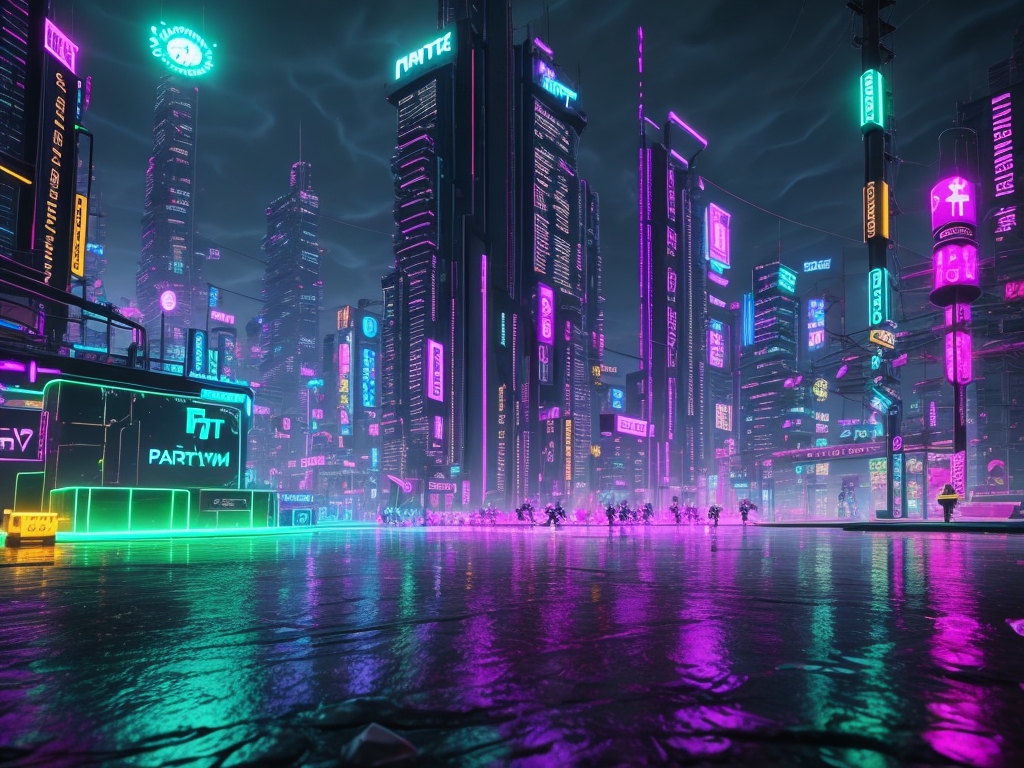
The History and Evolution of Full Dive VR
The History and Evolution of Full Dive VR takes us on a journey through early examples and depictions in popular culture, as well as advancements in VR technology and its real-world applications. With a closer look at these key aspects, we can gain valuable insights into the development and potential of this exciting virtual reality experience.
Early examples and depictions in popular culture
Virtual Reality (VR) has been evolving for years. It’s been featured in science fiction novels, movies, and other popular culture. People have long been fascinated by the idea of being able to fully dive into a virtual world.
Early depictions of full dive VR were explored in books like Neuromancer and Snow Crash. They showed the potential capabilities and implications of VR on society. Movies like The Matrix and Ready Player One further popularized this concept. Characters in these films could physically connect and interact in virtual environments.
These early examples in popular culture had a big effect on our perception of full dive VR. It sparked interest among researchers and developers to make these concepts reality.
VR technology has come a long way. It no longer makes people look silly in headsets. It’s transforming industries and changing lives.
Advancements in VR technology and its real-world applications
Virtual reality (VR) technology has advanced rapidly, bringing with it diverse real-world applications. Gaming has been revolutionized by VR as users can now fully immerse themselves in virtual worlds with realistic graphics and responsive controls(1). In medicine, VR has found a range of applications, from surgical simulations to medical training(2). Education has also seen the benefits of VR, creating interactive and engaging learning experiences(3). Architects and designers can also utilize VR to visualize projects before they are built(4). The tourism industry has started leveraging VR to enable travelers to virtually visit destinations before booking their trips(5). Additionally, VR is being used as a therapeutic tool for mental health treatment(6).
These advancements have led to the widespread adoption of VR technology and opened up new possibilities for immersive experiences. Strap in tight, we’re about to take a full dive into the mind-bending world of achieving full dive VR!
The Approach to Achieving Full Dive VR
Many dream of fully immersing themselves in a virtual reality experience, and in this section, we explore the approach to achieving just that. We’ll delve into the fascinating world of full dive VR, focusing on two key aspects: full-body tracking and haptic technology, as well as the techniques used to disconnect the user from physical reality. Get ready to uncover the advancements and potential that lie ahead on our quest for the ultimate virtual experience.
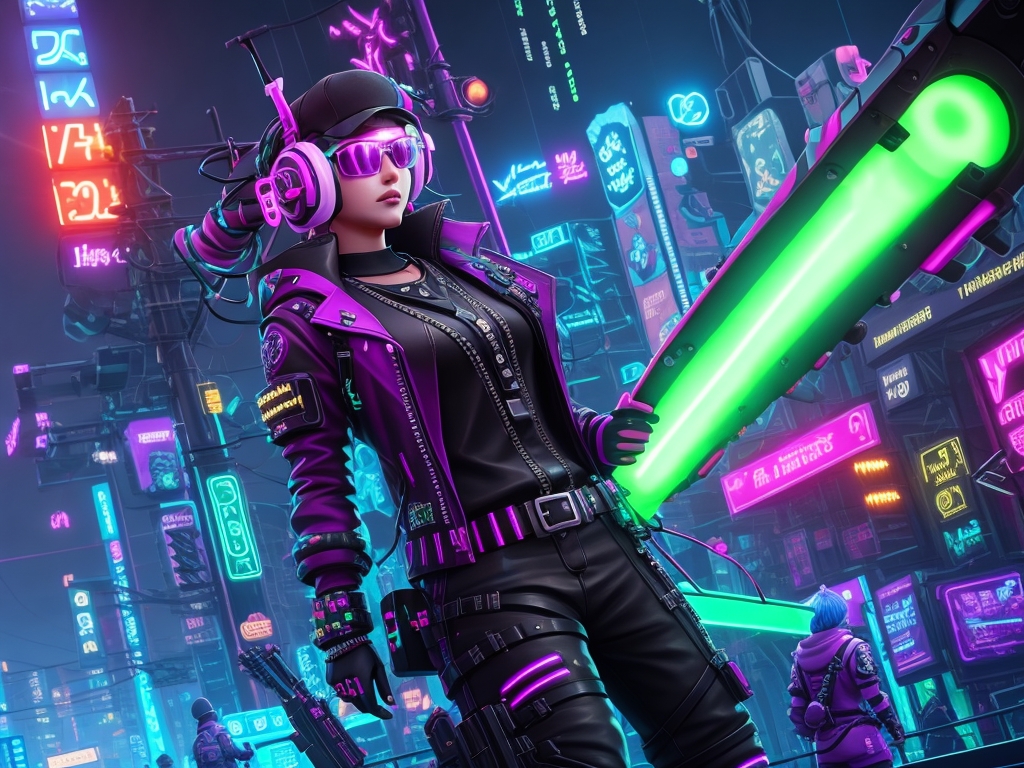
Full-body tracking and haptic technology
Full-body tracking and haptic technology are essential for virtual reality. They track movements precisely and give tactile feedback to the user. This makes the experience more lifelike. Sensations like touch, pressure, and vibrations can be felt. Users can interact with objects and environments realistically.
These technologies have opened many doors. Gaming, training simulations, medical therapies, and even social interactions in virtual spaces are now possible. Challenges remain, though. Accurate tracking across different body parts is complex. Creating realistic haptic feedback is an ongoing area of research.
As these technologies continue to progress, we come closer to a fully immersive virtual reality experience. We can expect new possibilities in entertainment, education, healthcare, and more. The future of full dive VR lies in harnessing these technologies effectively.
Making the user disconnect from physical reality
Full Dive VR seeks to let users disconnect from physical reality and submerge into a virtual world. Advanced techs such as full-body tracking and haptic feedback are used to make this happen.
Full-body tracking helps users accurately replicate movements in the virtual world, thus creating a more natural interaction and presence. Haptic technology adds a tactile feel to the experience, with vibrations or simulated textures.
Combined, these technologies make users feel as though they have entered another world, apart from their physical self. Challenges remain such as creating haptic feedback systems that accurately replicate touch and texture. Plus, there needs to be seamless integration between user movements and virtual animations. However, ongoing research and tech advancements make great progress possible.
Full Dive VR: Where dreams become reality and reality becomes obsolete – until the battery dies!
Current Limitations and Possibilities of Full Dive VR
Unlocking the potential of Full Dive VR technology brings us to explore the current limitations and possibilities in this immersive realm. With a deep dive into the current state of VR technology, we’ll uncover the promising potential and inherent limitations, paving the way for an exciting journey into the limitless world of full dive virtual reality.
The current state of VR technology
Recent years have seen huge leaps in VR hardware and software. Companies such as Oculus, HTC, and Sony have released headsets for consumer use. They deliver better graphics, wider field of view, and less latency, contributing to a more immersive experience. Hand-tracking tech and haptic feedback devices also improve presence by letting users interact with virtual objects and feel their impact.
Limitations still exist though. One major one is the lack of full-body tracking. Headsets can track the head’s position and orientation, but tracking other body parts accurately is tricky. This stops us from achieving true full dive VR experiences, where users can move freely within virtual environments.
To overcome these challenges, researchers are exploring solutions. Multi-camera setups for precise body tracking and advanced haptic systems that simulate various sensations on different body parts are being looked into. AI and machine learning may also help, creating more realistic virtual worlds. Dynamic environments and intelligent NPCs (non-playable characters) could come out of this.
Promising potential and limitations of full dive VR
Are you ready to take a plunge into the virtual world? We’re talking about Full Dive VR! This advanced tech has the potential to provide us with truly immersive experiences, complete with enhanced sensory elements.
But there are some limitations that need to be addressed. Full Dive VR originated from popular culture, and current technology may not be able to replicate real-world sensations.
The possibilities of Full Dive VR are boundless! It can be used for training, simulations, therapy, and rehabilitation. But ethical considerations must be taken into account to ensure responsible development and usage.
We have come a long way in understanding this technology, but there is still much to be done to make it a reality. The future of Full Dive VR looks promising, but only time will tell when we’ll be able to achieve a truly immersive virtual reality experience.
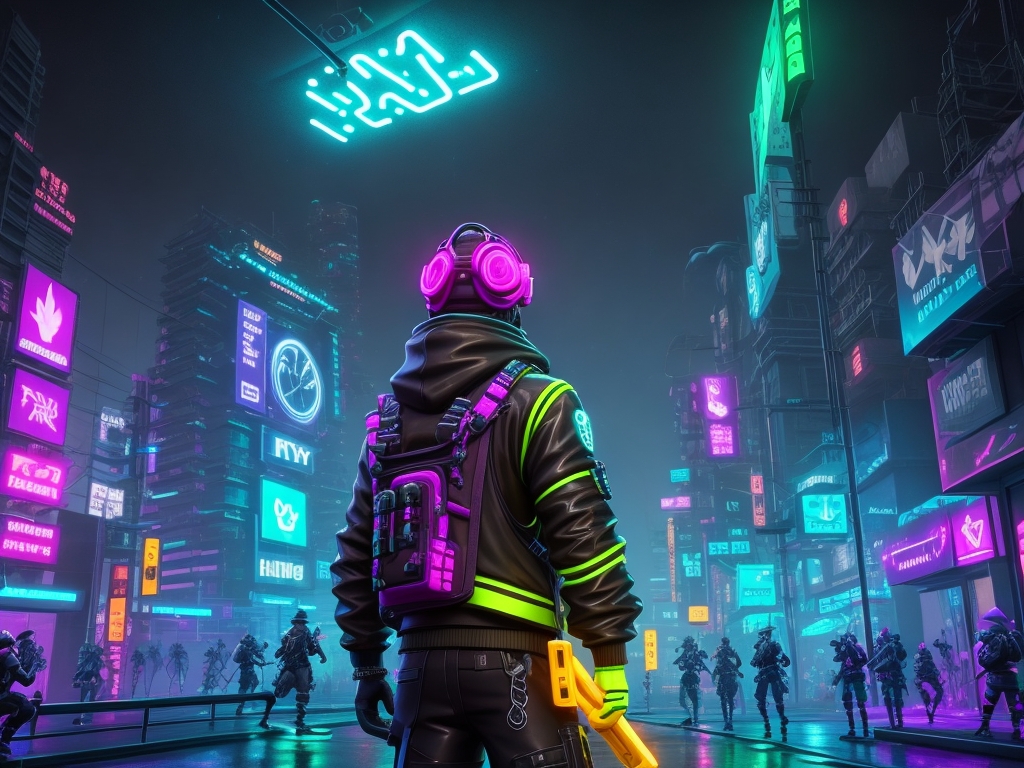
The Future of Full Dive VR
The future of full dive virtual reality holds exciting possibilities as we delve into current advancements and ongoing research, as well as predictions and speculations on achieving the ultimate VR experience. With groundbreaking technology and a growing interest in immersive virtual worlds, we are edging closer to realizing the potential of full dive VR. So, let’s explore what lies ahead and how close we truly are to entering a whole new realm of virtual reality.
Current advancements and ongoing research
Research continues to explore ways to make users disconnect from physical reality even further. This includes simulating sensory experiences like touch, smell, and taste. Adding these sensory elements to VR, researchers aim to create an indistinguishable virtual reality experience.
Current VR technology has real-world applications. Healthcare, education, and training industries are exploring full dive VR. It can be used for medical training, interactive learning, and remote collaboration.
Issues like motion sickness, limited field of view, and bulky headsets need addressing for a better user experience. There’s also a need for increased resolution and improved processing power to render more realistic graphics.
Future research includes brain-computer interfaces (BCIs) that let users control their virtual environment with thoughts. Expanding haptic feedback in interactions with virtual objects and environments is another area.
VR technology has opened up possibilities for researchers and industries. To keep pushing boundaries, ongoing research is key to improve the user experience.
Predictions and speculations on achieving full dive VR
Full dive VR is sparking predictions and speculations. Advances in virtual reality tech are bringing us closer to a fully immersive experience. Scientists are improving full-body tracking and haptic tech to create a seamless integration between real and virtual worlds. We anticipate what the future holds with the promise of entertainment, education, and therapy.
A unique aspect of full dive VR is understanding how our bodies perceive reality. Haptic feedback and advanced graphics and audio technologies can create an environment that appeals to all senses. Holistic virtual reality plays a vital role in realizing the dream of full dive VR.
Key challenges limit the progress of full dive VR. We need better resolution and field of view for head-mounted displays. Also, we need to reduce latency issues and enhance motion tracking. We must focus on tech advancements, user comfort, and safety to achieve true full dive VR.
Conclusion: The Progress and Prospects of Full Dive VR
Virtual reality (VR) has made great strides these past years, bringing us ever nearer to the reality of full-dive VR. This technology enfolds users in a virtual world, allowing for a deeply interactive and immersive experience. With the growth of tech and the production of intricate headsets, the outlook for full-dive VR is optimistic.
The success of full-dive VR is due to many factors. To start, the reference data shows the progress of VR headsets. They are now more inexpensive, lightweight, and capable of delivering high-quality visuals. Moreover, haptic feedback systems add a sensation to the virtual world, intensifying the sense of immersion.
Moreover, the article discusses the significance of life-like graphics and smooth motion tracking to achieve a fully immersive experience. With enhancements in graphics rendering and motion tracking tech, developers can generate more realistic virtual realms. This lets users interact with the virtual world in a more natural and straightforward way.
Though full-dive VR is not yet common, the reference data indicates that progress is being made in overcoming challenges. For instance, the article states the need for high-speed internet for real-time interactions in virtual environments. As the internet evolves, this problem is expected to be solved.
Some Facts About How Close We Are to Full Dive Virtual Reality:
- ✅ Full dive virtual reality is a concept popularized by movies like Ready Player One and the anime Sword Art Online. (Source: 3drific.com)
- ✅ Full dive VR involves full-body tracking and haptics to make the user abandon their sense of physical reality. (Source: 3drific.com)
- ✅ VR technology has made significant advancements in recent decades, but full dive VR is still not achievable. (Source: convergeddevices.net)
- ✅ VR is widely used in entertainment, gaming, and non-mainstream environments like military training and healthcare. (Source: convergeddevices.net)
- ✅ VR development is constantly progressing, with advancements in hardware, visual sophistication, and haptic technology. (Source: visionx.io)
Follow us on Youtube here.

